So you had a Home Inspection and the inspector called out backdrafting as a concern, defect or repair needed. In this post, we will go over what is backdrafting and how it happens. And how homeowners can test there own water heaters for backdrafting.
Backdrafting is the reverse flow of gas in the flues of fuel-fired appliances. This results in the intrusion of combustion byproducts into the living space. Many fuel-fired water heaters and boilers use household air and lack an induced draft. This makes them especially vulnerable to backdrafting when indoor air pressure becomes unusually low. Inspectors should try to spot evidence of backdrafting in homes.
How does backdrafting happen?
Fuel-fired water heaters, boilers, wall heaters, and furnaces are designed to exhaust the byproducts of combustion to the outdoors through a flue. These hot gases rise through the flue and exit the home because they are not as dense as indoor air. The pressure differential that allows for the release of combustion gases can be overcome by unusually low indoor air pressure caused by a high rate of expulsion of air into the outdoors through exhaust fans, fireplaces, and dryers. When this happens, combustion gases can be sucked back into the house and may potentially harm or kill building occupants. Improperly configured flues or flue blockages can also cause backdrafting.
How can a Home Owner test for backdrafting?
- A Home Owner can hold a lighter beside the draft diverter to see whether there is sufficient draft to pull the flame in the direction of the flue.
- Combustion gases that back-draft into a house may leave a dark residue on the top of the water heater. The presence of soot is an indication of backdrafting, although its absence does not guarantee that backdrafting has not happened.
While performing the above-noted tests, it is helpful to turn on all devices that vent air into the outdoors in order to simulate worst-case conditions. Such devices may be dryers, or bathroom and kitchen fans.
Types of fuel-fired water heaters:
Atmospheric Draft Most backdrafting is the result of the characteristics of this type of water heater. Combustion gases rise through the ventilation duct solely by the force of convection. Which might not be strong enough to counter the pull from dips in indoor air pressure.
- Induced Draft
This system incorporates a fan that creates a controlled draft. The potential for backdrafting is reduced. Because the induced draft is usually strong enough to overcome any competing pull from an indoor air-pressure drop. - Sealed Combustion
The combustion and venting systems are completely sealed off from household air. Combustion air is drawn in from the outdoors through a pipe that is designed for that purpose. The potential for backdrafting is nearly eliminated. First, because the rate of ventilation is not influenced by indoor air pressure. And second, the vented gas has no pathway into the home. - Water Heater Location
The installation of fuel-fired water heaters in particular household locations can increase the chances of personal harm caused by backdrafting. The 2006 edition of the International Residential Code (IRC) states the following concerning improper location:- Fuel-fired water heaters shall not be installed in a room used as a storage closet.
- Water heaters located in a bedroom or bathroom shall be installed in a sealed enclosure. So that combustion air will not be taken from the living space.
Level Up Home Inspections performs home inspections all over North Texas.
Call us today and check out the Level Up difference. 214-210-3576
Dallas Home Inspections, Mesquite Home Inspections, Rockwall Home Inspections, Forney Home Inspections


Recent Comments